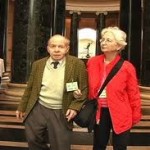 I watched a very beautiful documentary a couple of nights ago which I think should be recommended viewing for anyone who’s ever thought about buying art but doesn’t have Bill Gates’ budget.
I watched a very beautiful documentary a couple of nights ago which I think should be recommended viewing for anyone who’s ever thought about buying art but doesn’t have Bill Gates’ budget.
The documentary, Herb & Dorothy, explores the world of Dorothy and Herbert Vogel, an New York couple of very modest means (she was a librarian and he worked nights sorting mail at the post office), who feed their obsession with contemporary art by becoming collectors.
So devoted are Herb and Dorothy to the New York experimental art scene that they attend every opening and visit every gallery. Back in the 60s, they befriended many now-famous artists when those people were on the make — Sol Lewitt, Christo & Jeanne-Claude, Chuck Close etc — and become early patrons, scrimping every spare penny of their meagre salaries to buy the’ work when very few collectors in the art establishment would give these artists a second glance .
But the documentary serves more than an inspiration to would-be curators. It’s a story about the unconventional ways in which people can get involved in the arts, even if they’re not artists themselves, and do good things in the world simply by virtue of their knowledge, passion and enthusiasm.

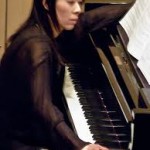
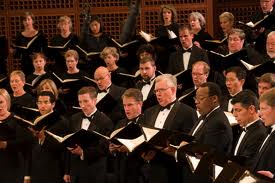 There’s something enormously satisfying about experiencing impromptu art, whether it’s coming across a flash mob performance in a shopping mall or shirking off an afternoon in the office to experience a matinee concert at the Symphony.
There’s something enormously satisfying about experiencing impromptu art, whether it’s coming across a flash mob performance in a shopping mall or shirking off an afternoon in the office to experience a matinee concert at the Symphony. There’s nothing quite like a good PR manager. The best of my colleagues in public relations make my job so much easier. They inspire ideas for articles, help connect me with the people I need to speak to to do my reporting and respond to my fact-checking questions and other requests promptly and efficiently.
There’s nothing quite like a good PR manager. The best of my colleagues in public relations make my job so much easier. They inspire ideas for articles, help connect me with the people I need to speak to to do my reporting and respond to my fact-checking questions and other requests promptly and efficiently.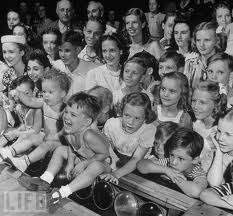 The way in which different arts events attract audiences of different age demographics occasionally strikes me as odd. It’s no surprise that a gig at a club featuring several DJs, a couple of live bands, live painting displays, breakdancing demonstrations and video projections will skew younger, age-wise, than a recital of 19th century German lieder at a concert hall.
The way in which different arts events attract audiences of different age demographics occasionally strikes me as odd. It’s no surprise that a gig at a club featuring several DJs, a couple of live bands, live painting displays, breakdancing demonstrations and video projections will skew younger, age-wise, than a recital of 19th century German lieder at a concert hall.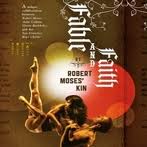 Collaborations between local youth choirs and established professional performing arts companies seem to be all the rage these days in the Bay Area, in part I’m guessing as a result of special funding opportunities for these kinds of projects. There have been several such productions in recent years, such as the San Francisco Girls Chorus’ partnership with the Joe Goode Dance Company a couple of years ago and now “Fable & Faith,” a dance work steeped in children’s fairy tales created by the
Collaborations between local youth choirs and established professional performing arts companies seem to be all the rage these days in the Bay Area, in part I’m guessing as a result of special funding opportunities for these kinds of projects. There have been several such productions in recent years, such as the San Francisco Girls Chorus’ partnership with the Joe Goode Dance Company a couple of years ago and now “Fable & Faith,” a dance work steeped in children’s fairy tales created by the 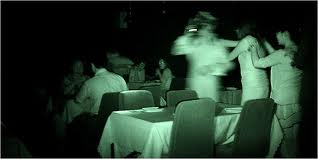 As a person who enjoys food as a hobby and writes critically about the performing arts professionally, I love culinary experiences that are also dramatic.
As a person who enjoys food as a hobby and writes critically about the performing arts professionally, I love culinary experiences that are also dramatic.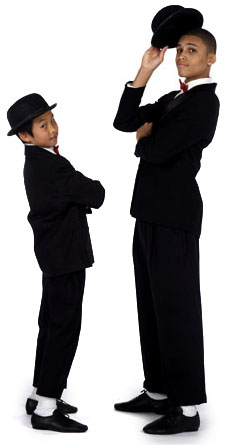 An event on Monday at a nightclub to benefit the
An event on Monday at a nightclub to benefit the 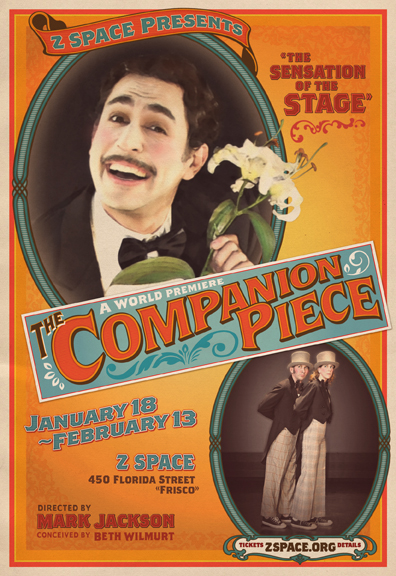 Another smashing, action-packed weekend of cultural mayhem in San Francisco. Forthwith, some brief impressions of various experiences, both the entrancing and not-so-entrancing…
Another smashing, action-packed weekend of cultural mayhem in San Francisco. Forthwith, some brief impressions of various experiences, both the entrancing and not-so-entrancing…
 Clybourne Park, Bruce Norris’ drama about race, community, urban development and the language we use to define – or avoid having to define – all three of these concepts is having its west coast premiere at the
Clybourne Park, Bruce Norris’ drama about race, community, urban development and the language we use to define – or avoid having to define – all three of these concepts is having its west coast premiere at the